Ho Chi Minh City Anh Thao, 44 years old, has had difficulty swallowing for many months, food stuck in her throat causing difficulty breathing, vomiting due to spasm dysfunction, dilated esophagus.
Mr. Tu Thuan Thao, a resident of Binh Duong, went to several places for examination and was diagnosed with gastroesophageal reflux. Taking medicine did not help. Due to difficulty eating and drinking, he lost 5 kg. His condition became worse so he went to Tam Anh General Hospital in Ho Chi Minh City for examination.
On January 12, Dr. Do Minh Hung, Director of the Center for Endoscopy and Endoscopic Surgery of the Digestive System, said that the patient had achalasia and dilated esophagus. Achalasia is a rare condition, a type of esophageal dysfunction, the lower esophageal sphincter does not open completely, causing food to stagnate in the esophagus, making it difficult for the patient to swallow, eat, and digest food.
The patient underwent per-oral endoscopic myotomy (POEM).
After surgery, Mr. Thao no longer had difficulty swallowing, could drink water and eat porridge, his health was stable and he was discharged from the hospital after two days.

After surgery, Anh Thao's health is stable and her swallowing problem has improved. Photo: Tam Anh General Hospital
The initial symptoms of achalasia are a feeling of heaviness in the chest due to gastroesophageal reflux, and difficulty swallowing. The difficulty swallowing increases when eating and drinking, accompanied by vomiting when eating and drinking, heartburn, and weight loss.
Dr. Minh Hung said the cause of achalasia is unknown. Factors such as progressive degeneration of nerve cells, infection or autoimmune causes... increase the risk of the disease.
If sphincter disorders are not detected and treated promptly, they can easily lead to complications such as malnutrition, esophageal stricture, esophageal ulcers due to long-term food retention, aspiration pneumonia due to vomiting, and cancer in the chronically inflamed area.
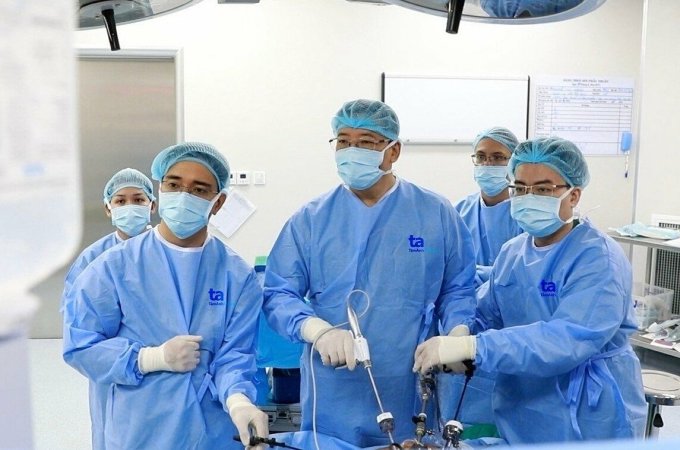
Doctor Minh Hung (middle) and his team during an endoscopic surgery in June 2023. Illustration photo: Tam Anh General Hospital
Previously, the disease was treated with two methods: endoscopic balloon dilation of the cardia or Heller surgery to open the cardia (laparoscopically through the abdomen). However, according to Dr. Minh Hung, these methods are limited in performing type 3 cardia spasm (the type that requires cutting the longer muscle), the possibility of recurrence, invasive surgery, and easy damage to the 10th nerve.
Doctor Minh Hung evaluated the new method of cutting the lower esophageal sphincter through the mouth with a flexible tube, minimally invasive, has a high success rate, long-term effectiveness, quick recovery, leaves no scars, and is quite popular in the world. Each method has its own advantages and disadvantages, it is necessary to choose the right one to perform for each type of achalasia. The doctor needs to be highly specialized, experienced, have a good grasp of surgical techniques and have modern endoscopic equipment to support.
Quyen Phan
| Readers ask questions about digestive diseases here for doctors to answer |
Source link


![[Photo] Phuc Tho mulberry season – Sweet fruit from green agriculture](https://vstatic.vietnam.vn/vietnam/resource/IMAGE/2025/4/10/1710a51d63c84a5a92de1b9b4caaf3e5)


![[Photo] Prime Minister Pham Minh Chinh chairs meeting to discuss tax solutions for Vietnam's import and export goods](https://vstatic.vietnam.vn/vietnam/resource/IMAGE/2025/4/10/19b9ed81ca2940b79fb8a0b9ccef539a)

![[Photo] Summary of parade practice in preparation for the April 30th celebration](https://vstatic.vietnam.vn/vietnam/resource/IMAGE/2025/4/11/78cfee0f2cc045b387ff1a4362b5950f)
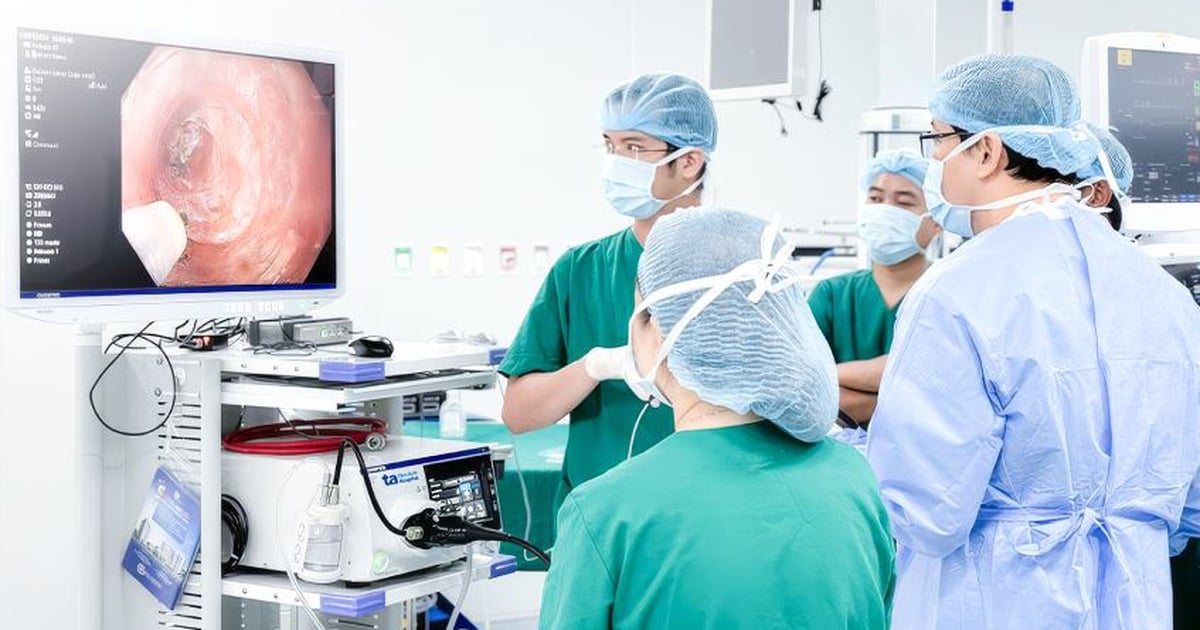


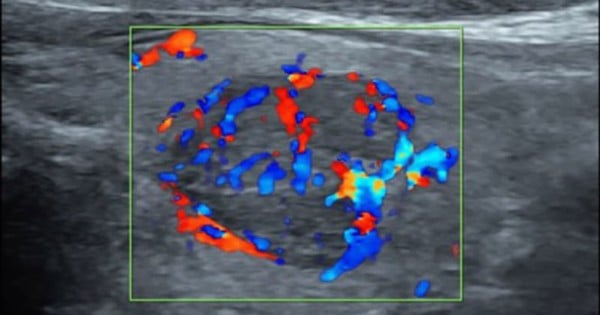

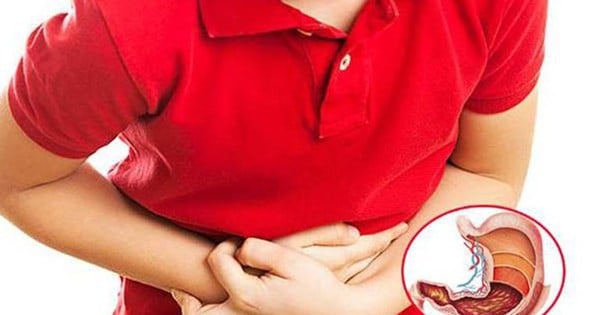
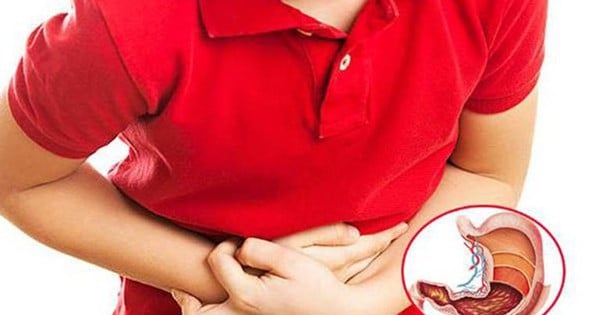



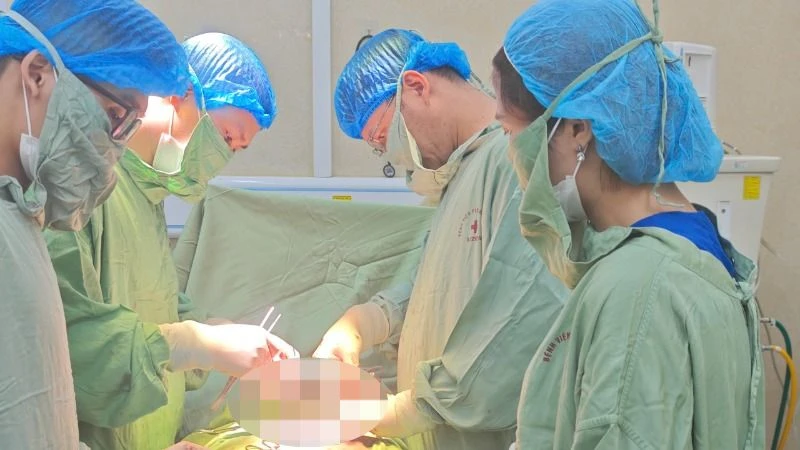

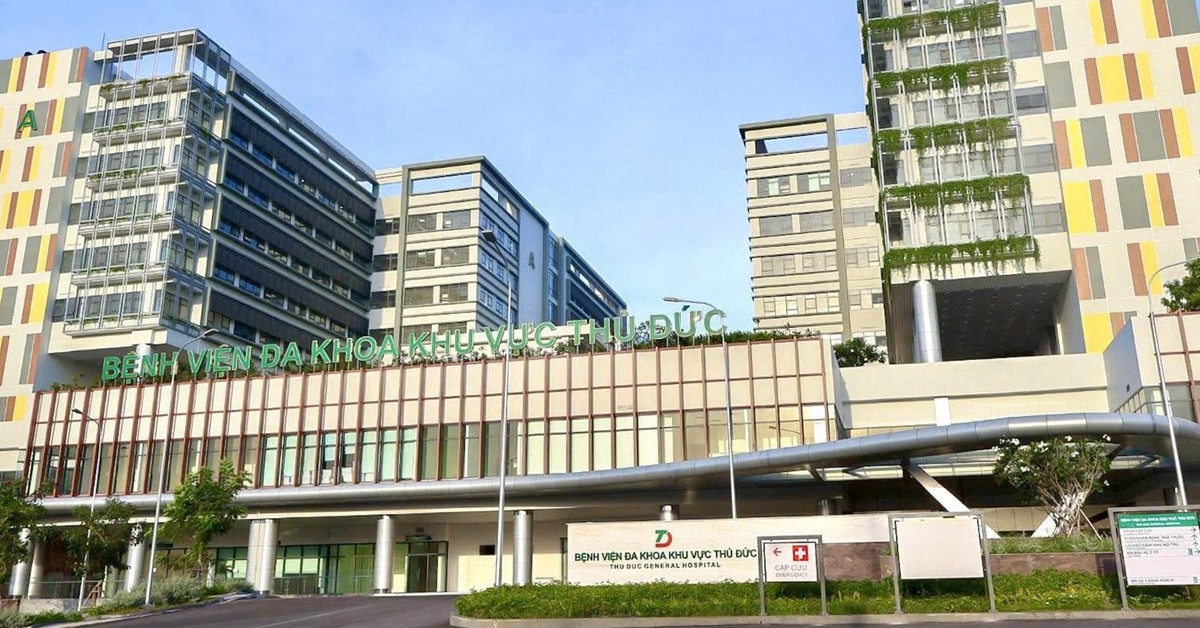

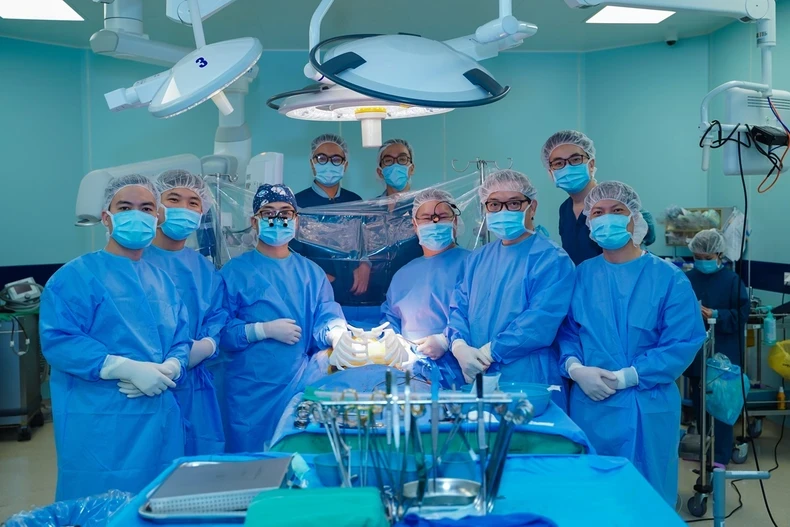










































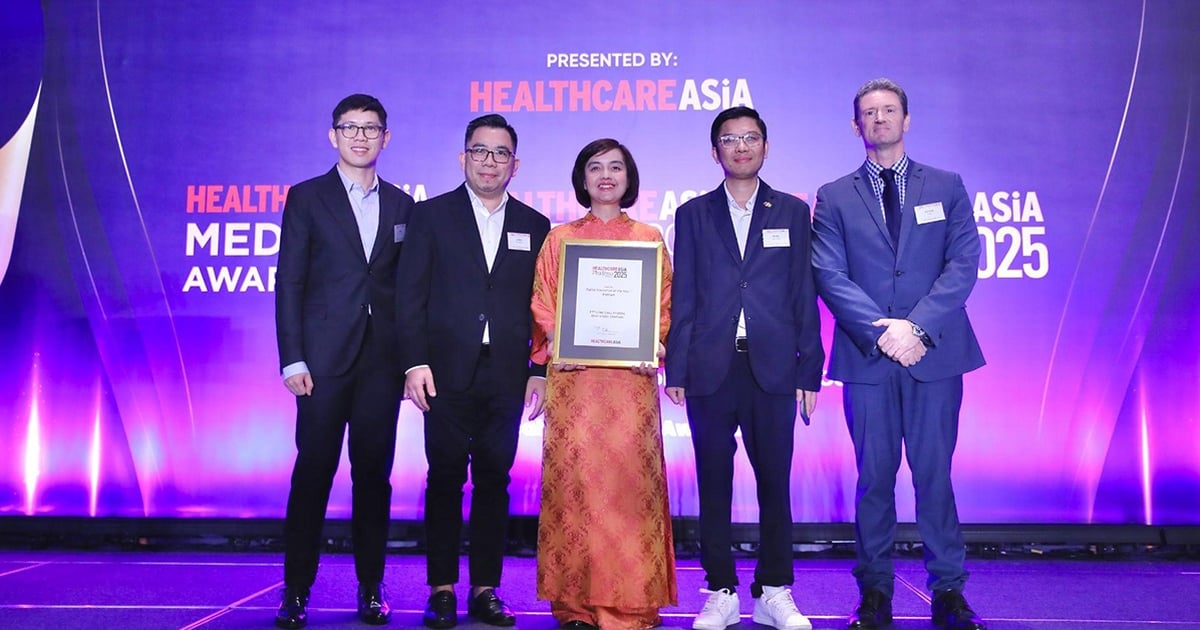

































Comment (0)